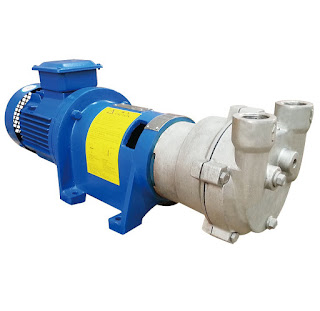VACUUM INDUCTION MELTING FURNACE
VACUUM INDUCTION MELTING FURNACE IS INTRODUCED IN DETAIL.

Vacuum induction smelting furnace is one of the most widely used equipment in vacuum metallurgy field. Alloys and special steels for aerospace, missiles, rockets, atomic energy equipment and electronic industry are needed. A considerable part of the products are produced by vacuum induction smelting furnace.
For example, the thermal and workability and mechanical properties of nickel-base, cobalt-base and iron-base superalloys were improved by vacuum induction melting furnace.
For example, stainless steel, heat-resistant steel, ultra-high strength steel, tool steel, bearing steel, magnetic materials, elastic alloys, expansion alloys, etc., almost all use vacuum induction melting furnace to ensure the performance and quality of materials.
With the development of the second remelting process, another aim of vacuum induction furnace is to provide high quality consumable electrode for vacuum arc furnace or electroslag remelting furnace to produce master alloy for investment casting.
It is well known that the whole process of smelting, refining and alloying metals in vacuum induction furnace is carried out in vacuum, thus avoiding the pollution of the same gas phase interaction.
Secondly, carbon has a strong ability to deoxidize in vacuum, and its deoxidized product CO is continuously pumped out of the system, which overcomes the pollution of metal deoxidizer deoxidization.
The chemical composition of the alloy can be accurately controlled by vacuum induction melting furnace. Active elements such as Al, Ti, B and Zr have strong affinity with oxygen and nitrogen and can be controlled in a small range. For volatile metal impurities with low melting point, such as Pb, Bi, Sn, Sb and so on, evaporation can be removed, which plays an important role in improving material properties.
Strong stirring can accelerate the reaction rate, and has a good effect on the temperature uniformity and chemical composition uniformity of the crucible.
The rapid development of vacuum induction melting technology is closely related to superalloy materials for aerospace, missile, rocket and atomic energy equipment.
This is mainly due to the use of vacuum induction melting furnace nickel, iron, cobalt-based alloys, reduce the gap elements O2, N2, H2, can completely remove non-metallic inclusions, and through low melting point metal removal of harmful impurities, such as Pb, Bi, Sb, Cu, Sn, Te.
Vacuum induction melting furnace equipment is mainly composed of shell, inductance, crucible, tilting mechanism, mold mechanism, power supply device, water cooling system and so on. The furnace shell is equipped with observation, temperature measurement, feeding, sampling, tamping and other equipment. The heating furnace is equipped with vacuum system, power supply system and control system. There are two types of vacuum induction melting furnaces, intermittent and semi continuous, which can be used as two horizontal or vertical ones.

THE VACUUM INDUCTION MELTING FURNACE HAS THE FOLLOWING CHARACTERISTICS:
(1) in vacuum, it can melt some valuable active metals, such as titanium alloys.
(2) in vacuum, the melting of metals and alloys can be prevented from reacting with non-metallic inclusions.
(3) in hazardous conditions, harmful dissolved gases and contaminants in molten metal can be removed.



评论
发表评论